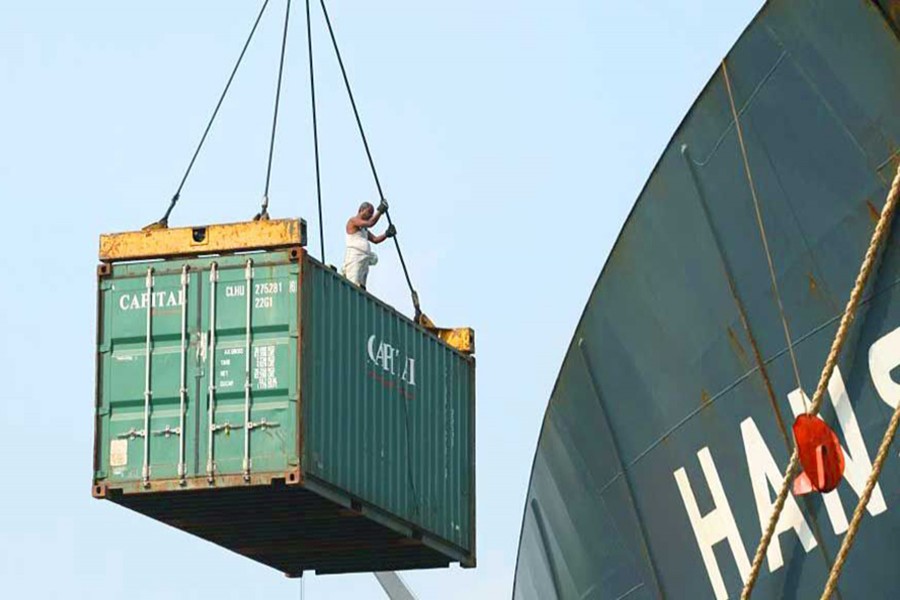
Published :
Updated :

The recent central bank directive to slash cash incentives for exports has evoked strong reactions from businesses who consider the move detrimental. They are urging the government to restore the previous facilities. The country's apex chamber, FBCCI, conveyed its concerns to the finance minister in a letter, emphasising that reducing incentive rates for most export products is impractical given the current challenging economic climate. The letter reportedly highlighted several existing challenges that are now constraining exports. Of the challenges, increased interest rates on loans leading to higher manufacturing costs, reduced allocations from the Export Development Fund (EDF), halving of exporter's retention quota, and gas price hike are particularly pestering. According to the FBCCI, one of the sectors likely to be hit hard by the reduced incentive rates is the export-oriented spinning mills, numbering around two hundred, which serve as the primary source of fabric for garment factories. Industry insiders fear this could result in heightened dependence on imported fabrics, as lowered incentives would erode their competitiveness and force garment exporters to import yarn and fabrics. Additionally, the FBCCI letter warned that withdrawing cash incentives without implementing alternative measures would negatively affect both the RMG industry and overall economy.
To recap, the central bank circular last week has announced reduced incentive rates for 43 export products for the remaining six months of the fiscal year. Among these products are readymade garments (RMG), crust leather, jute and jute goods, furniture, farm products, potatoes, and processed foods. Specifically, RMG will now receive a 0.50 per cent cash incentive compared to the previous 1.0 per cent, while the incentive for RMG exporters diversifying their products and markets has decreased from 4.0 per cent to 3.0 per cent. Additionally, other significant items such as agricultural products, jute products, light engineering, and plastic will experience reductions in rates ranging from 2.0 to 5.0 per cent.
The decision was made on revision of the earlier August 2023 decision, which set incentive rates for products throughout the fiscal year 2023-2024. While the effectiveness of cash incentives in boosting exports has been debated, conclusive evidence is lacking due to the absence of comprehensive studies. Nevertheless, it is believed that cash incentives did help certain products, especially new and non-traditional ones, in accessing export markets. According to WTO rules, this practice is generally prohibited except for the least developed countries (LDCs). Although Bangladesh, as an LDC, is still exempt from this restriction, cash incentives for exports would have no place upon its expected graduation from LDC status after three years. According to reports from newspapers citing the central bank, this move is part of a gradual phasing out of incentives, which by 2026-when the country is set to graduate-would become prohibitive. In other words, rather than abruptly withdrawing the facility, the central bank has chosen a phased reduction approach, giving exporters some time to adapt
However, given the feedback from businesses, it is crucial for the government to carefully consider their concerns in order to ensure that reduction of incentive rates doesn't adversely affect the country's export sector.


 For all latest news, follow The Financial Express Google News channel.
For all latest news, follow The Financial Express Google News channel.